How to prevent wrist pain
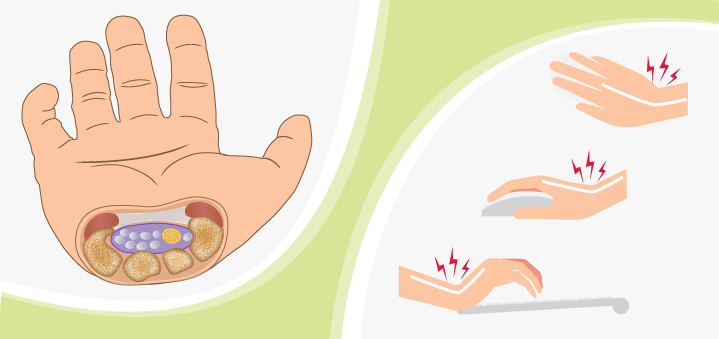
Whenever a student of mine complains of wrist pain, the first question I ask is, “Do you type a lot?” If the answer is yes, I ask them to show me how they do it. More often than not, their hand position looks like one of the images below.
Why is this a problem? Last time, we discussed the “bottleneck” opening that is created in the wrist by the transverse carpal ligament (the carpal tunnel). Multiple tendons and the median nerve pass through that small opening. When you type or do other repetitive hand activity your fingers are moving, which means that the tendons slide up and down underneath the carpal ligament, creating friction. If you position your wrist on an angle while you do this repetitive activity, you will likely be rubbing those tendons against one “wall” of the carpal tunnel, creating tissue irritation and also making that area thicker from constant overuse (which in turn makes the entire opening smaller). Both tissue irritation and narrowing of the opening can cause wrist pain.
That is why the first order of business when dealing with wrist pain is to analyze your repetitive hand activity and either eliminate it (if possible) or change your hand position so that your wrists remain in a neutral position when you do it.
Typing, of course, is not the only activity that can cause wrist pain. Research shows that people who work on assembly lines holding buzzing and vibrating tools are even more likely to get wrist pain than office workers. Or it can be something completely different. One of my students discovered that it was the tight handle of her office door, which she strained to turn several times a day, was irritating her wrist. When you assess your hand activity, don’t limit your thinking to typing.
Once the repetitive hand positioning has been addressed, you can begin to follow the usual protocol of contract-relax-stretch to release tension in your hand and forearm muscles. They get tight and tense just like the muscles elsewhere in the body, yet we tend to focus on our hamstrings much more than we do on our hands. The easiest way to approach it is to have small movement breaks for your hands during the day, which will help prevent tension from building up. Here are some examples of hand movements that you can include in your routine.
Unfortunately, in our yoga practice, we often tend to exaggerate wrist problems. If your wrists are already irritated from typing all day in an angled position, placing them in an extended weight-bearing position in your yoga class (in poses like Downward dog, Plank, and any sort of arm balances, for example) will only make matters worse. To give your wrists a break, you can skip those poses altogether or you can bear weight on your forearms instead.
The good thing is that we can be really creative and add the simplest hand movements (like the gestures in the image above) to our yoga practice.
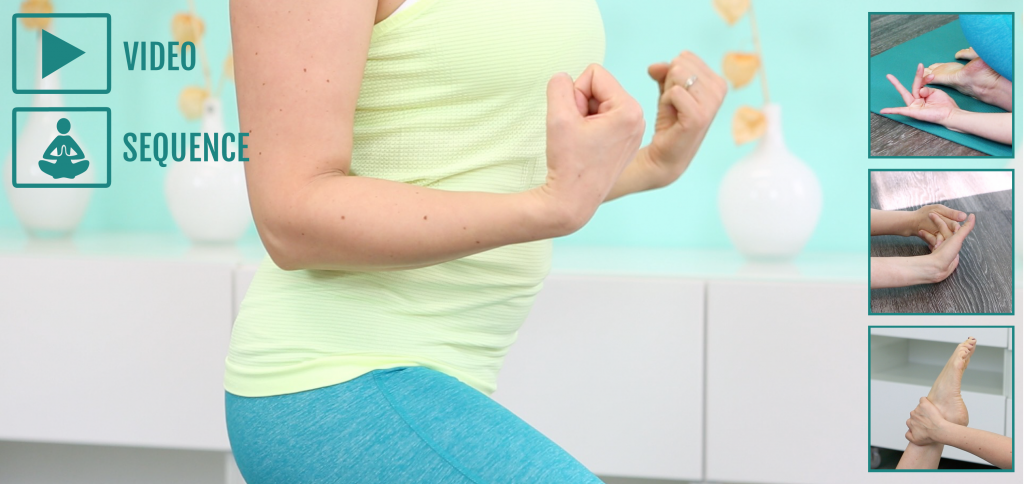
Try this yoga practice, which is entirely dedicated to strengthening and stretching your wrists and forearms. It combines familiar poses with new and interesting hand gestures.


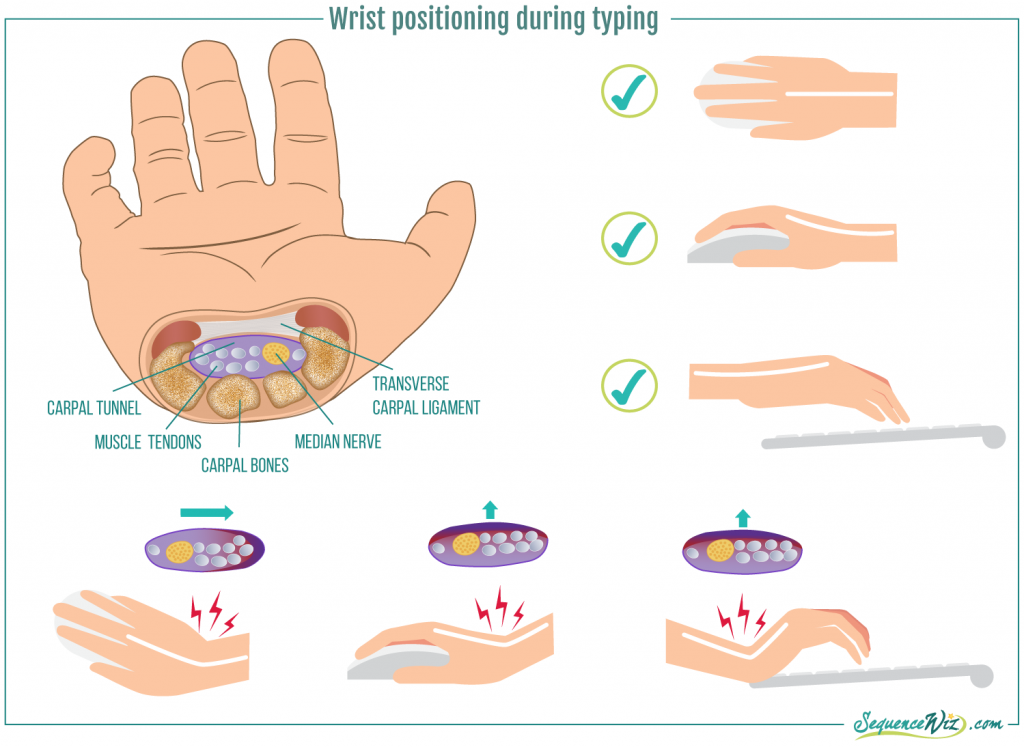

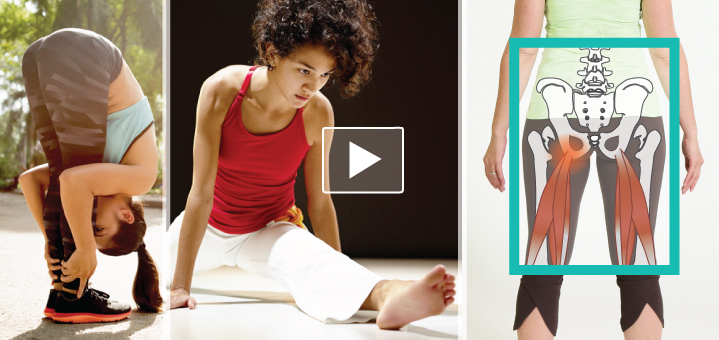

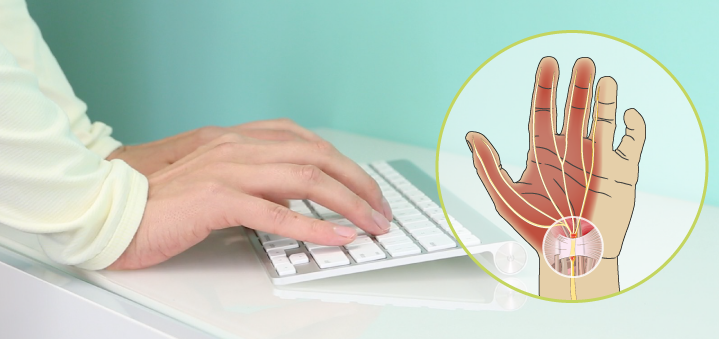
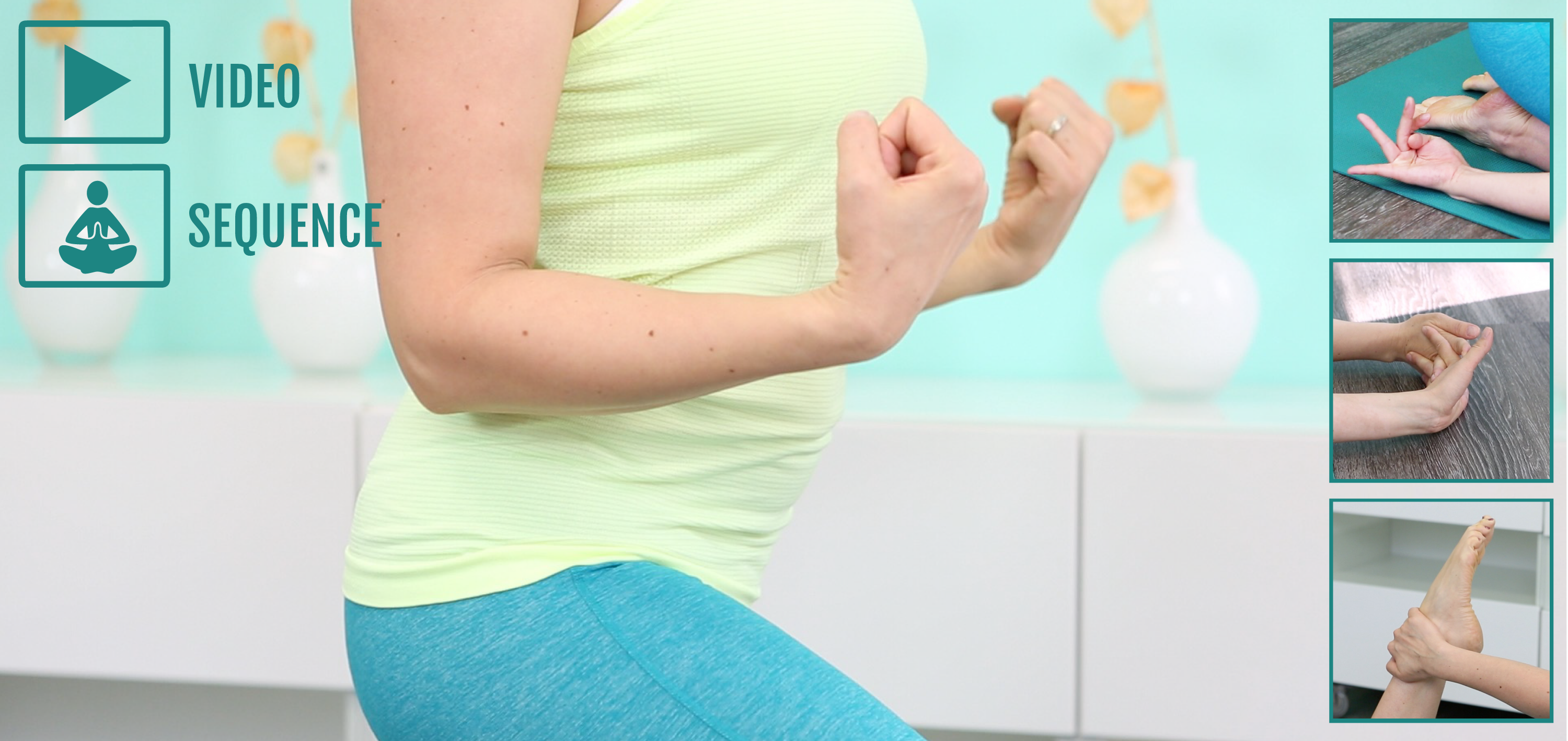






Hi, Olga,
Your proposal to exchange plank for forearms stand is profitable twice – 1st, thinking of wrists, but 2nd, and not less important, to take the load off from shoulders, and (free of charge, this time) to engage the abdomen more intensely.
Worth a lot!
very helpng informative articles he best i have read sofar keep it up please.
Hi Olga! I am a yoga teacher and do not do a lot of typing. I have been developing wrist pain on the top of wrist crease/top of hand during planks, which I believe is due to poor muscle recruitment and therefore excess weight on the base of the wrist. Many of my friends and students who practice wrist-heavy vinyasa regularly have the same pain pattern when bearing weight.. Do you have any thoughts on this? I would LOVE to see a post about proper alignment and engagement in planks since they are so common in many yoga classes!